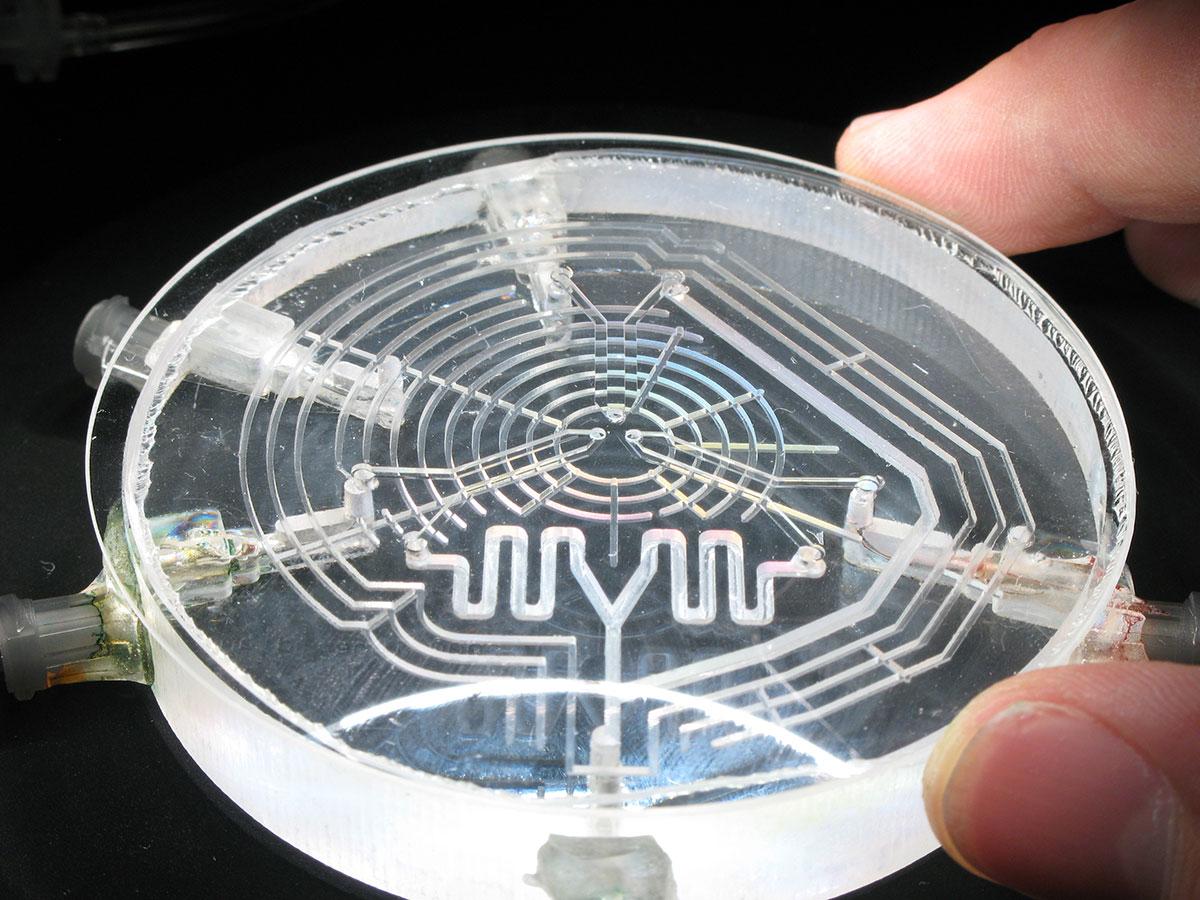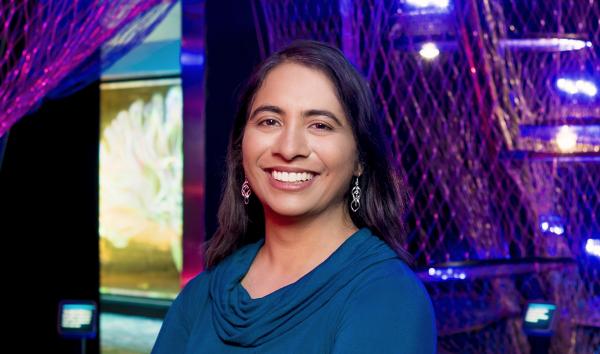
Date:
If you’ve ever dipped a corner of a paper towel into a liquid and watched the liquid move up through the paper, you’ve seen capillary action. This basic phenomenon that we see in our kitchens every day also underlies what could be the next generation of medical diagnostic devices.
Pioneered by scientists including George M. Whitesides, recipient of The Franklin Institute’s 2009 Benjamin Franklin Medal in Chemistry, microfluidics is the science and engineering of moving liquids with capillary action through tiny channels—less than a millimeter wide. Many diagnostic tests rely on chemical reactions between liquids, and when you only need a paper surface and a tiny amount of liquid for the reaction, you can get a lot more bang for the buck. They are cheap, simple, easy to produce, and most importantly for diagnostics, both sensitive and accurate. Used for decades in the home pregnancy test, microfluidics is now being applied to develop a whole “lab-on-a-chip.”
I’ve recently had the opportunity to work with Frank Gomez, a chemistry professor at the California State University in Los Angeles, who is passionate about paper microfluidics because of its potential to make a positive difference in people’s lives. He envisions applications for people at risk for health, environmental, or safety concerns for whom more sophisticated technology is out of reach. A recent study by his team investigated the feasibility of a diagnostic device for diabetes using paper and thread, with analysis done through artificial intelligence that could be programmed into a smartphone app.
The simplicity of the technology and its real-world applications also makes it appealing for education. Gomez works with hundreds of undergraduate students each year to develop research-based lab experiences that investigate the use of microfluidics for diagnostics, fuel cells, and environmental sensors for heavy metal contamination.
Even the classic microfluidics example of the pregnancy test is getting a 21st century refresher to improve privacy and environmental sustainability. Lia Diagnostics, a Philadelphia-based startup founded by former University of Pennsylvania students Bethany Edwards and Anna Simpson, got approval from the Food & Drug Administration in December 2017 for their innovative flushable, biodegradable, paper-based device. As technology advances, microfluidics shows us how sometimes small and simple can have a big impact.


